Charles-Théodore Frère
Paysages du Couchant et du Levant
1850–1880
Charles-Théodore Frère, dit Frère Bey, né le 21 juin 1814 à Paris, où il est mort le 24 mars 1888, est un peintre orientaliste français. Fils aîné d’un éditeur de musique parisien, Charles-Théodore Frère est un élève de Jules Coignet et de Camille Roqueplan. Après ses études, il voyage à travers la France : Alsace, Auvergne, Normandie. Ses voyages en Afrique et au Moyen-Orient l’amèneront vers la peinture orientaliste.
Installé en 1836 à Alger, il part en 1837 avec l’armée pour Constantine, prise le 13 octobre, et ne rentre à Paris qu’en 1839. Tout comme son jeune frère, c’est un peintre prolifique. Il réalise des toiles pour le roi de Wurtemberg au cours de ce premier voyage en Algérie. Vers 1851, il voyage au Moyen-Orient, visite Malte et la Grèce, l’Égypte et l’Empire ottoman. C’est un des rares peintres à représenter Beyrouth, Damas et Palmyre. Vers 1853, il installe un atelier au Caire et devient le peintre de la cour. Le vice-roi d’Égypte l’élève au rang de bey. Il est promu officier de l’ordre du Médjidié de l’Empire ottoman.
En 1869, il fait partie de la suite de l’impératrice Eugénie qui voyage en Orient à l’occasion de l’ouverture du canal de Suez, en compagnie de Narcisse Berchère, Eugène Fromentin, Jean-Léon Gérôme et de Charles de Tournemine. Elle lui commande une série d’aquarelles, qui ne furent pas remises à l’impératrice du fait de la guerre de 1870 et échurent à la marquise de la Puisaye, amie et également élève de l’artiste qui hérita de l’intégralité de son fonds d’atelier à sa mort. Claude Monet et Eugène Boudin admiraient son travail.
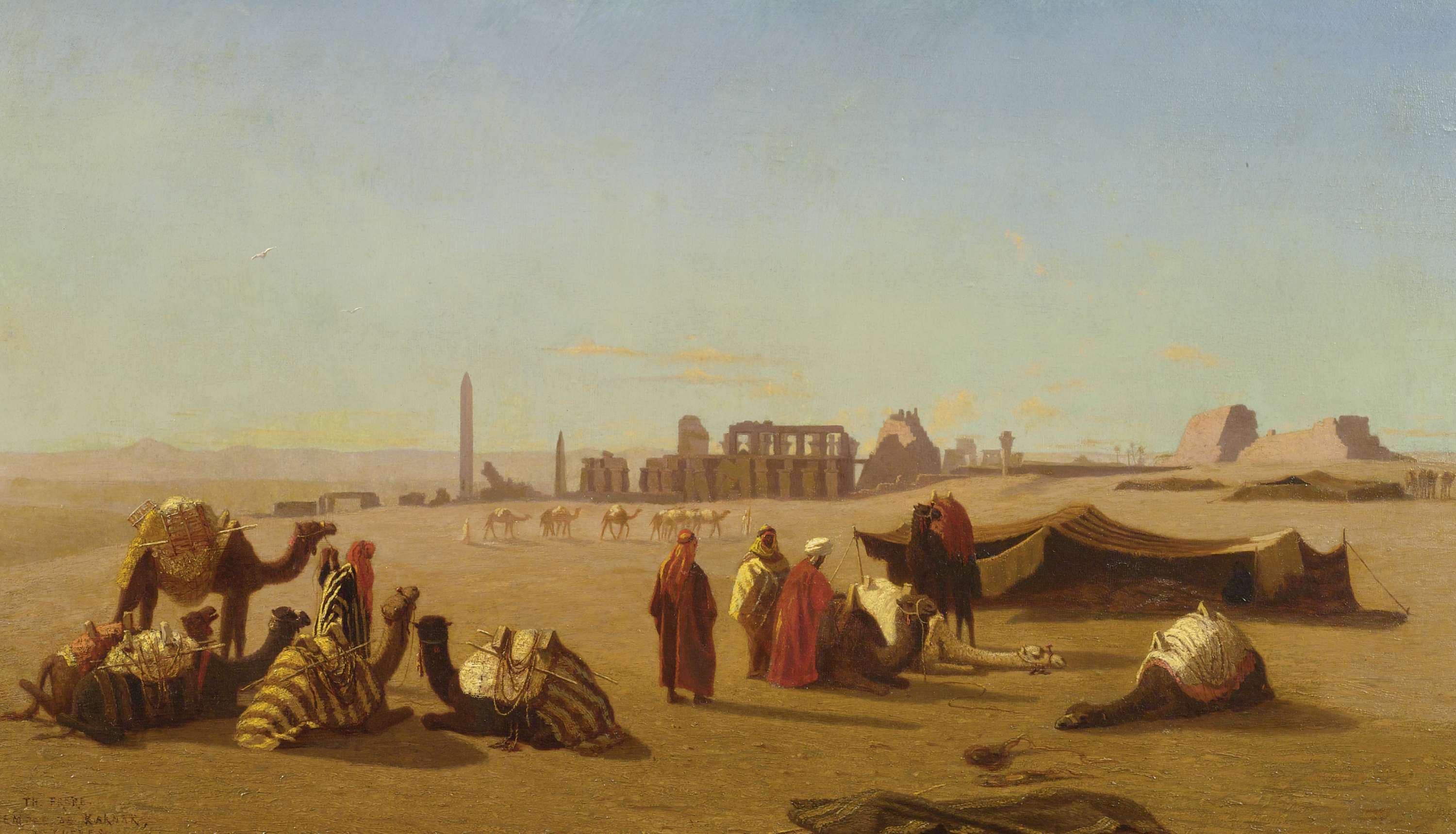
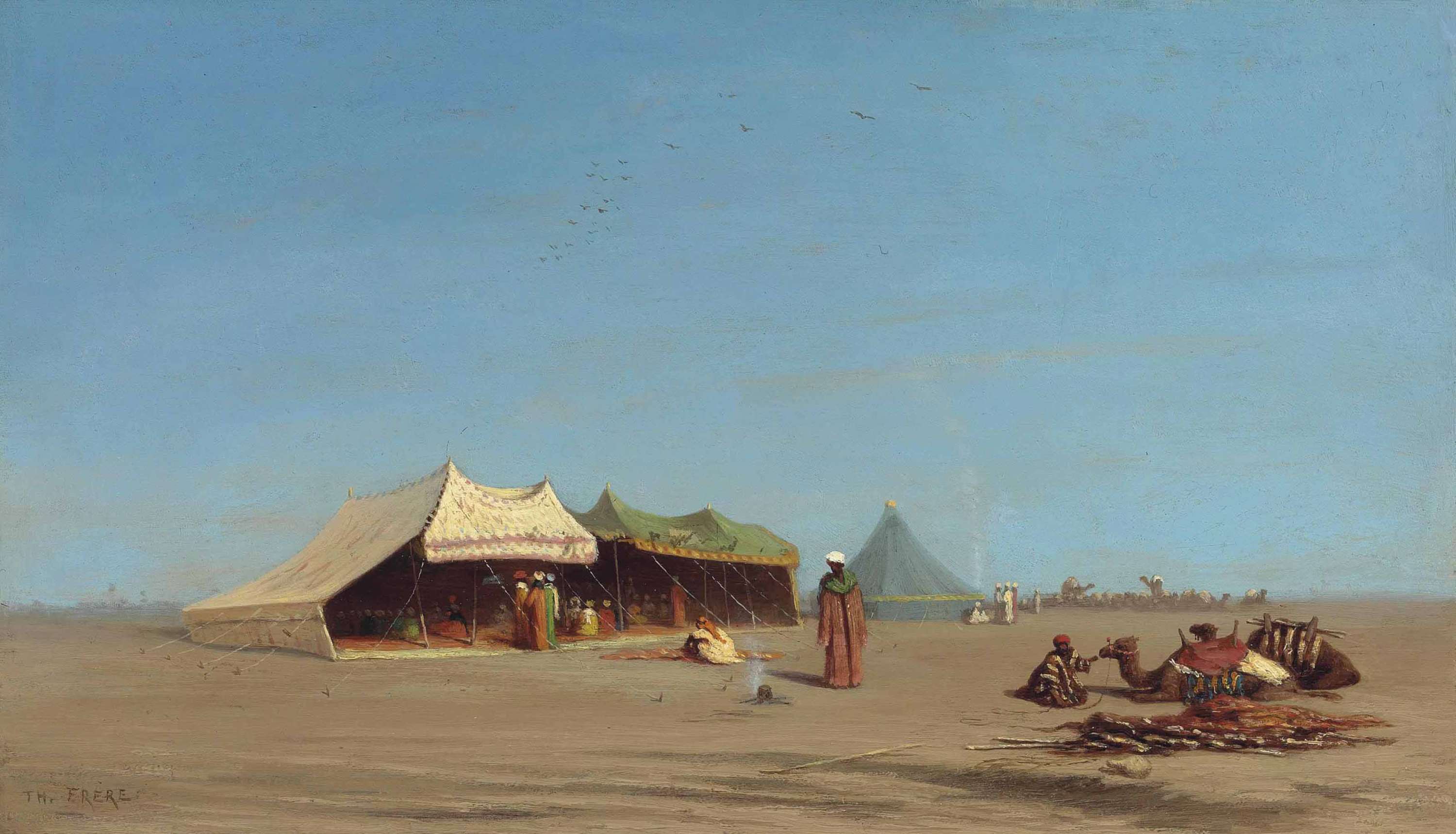
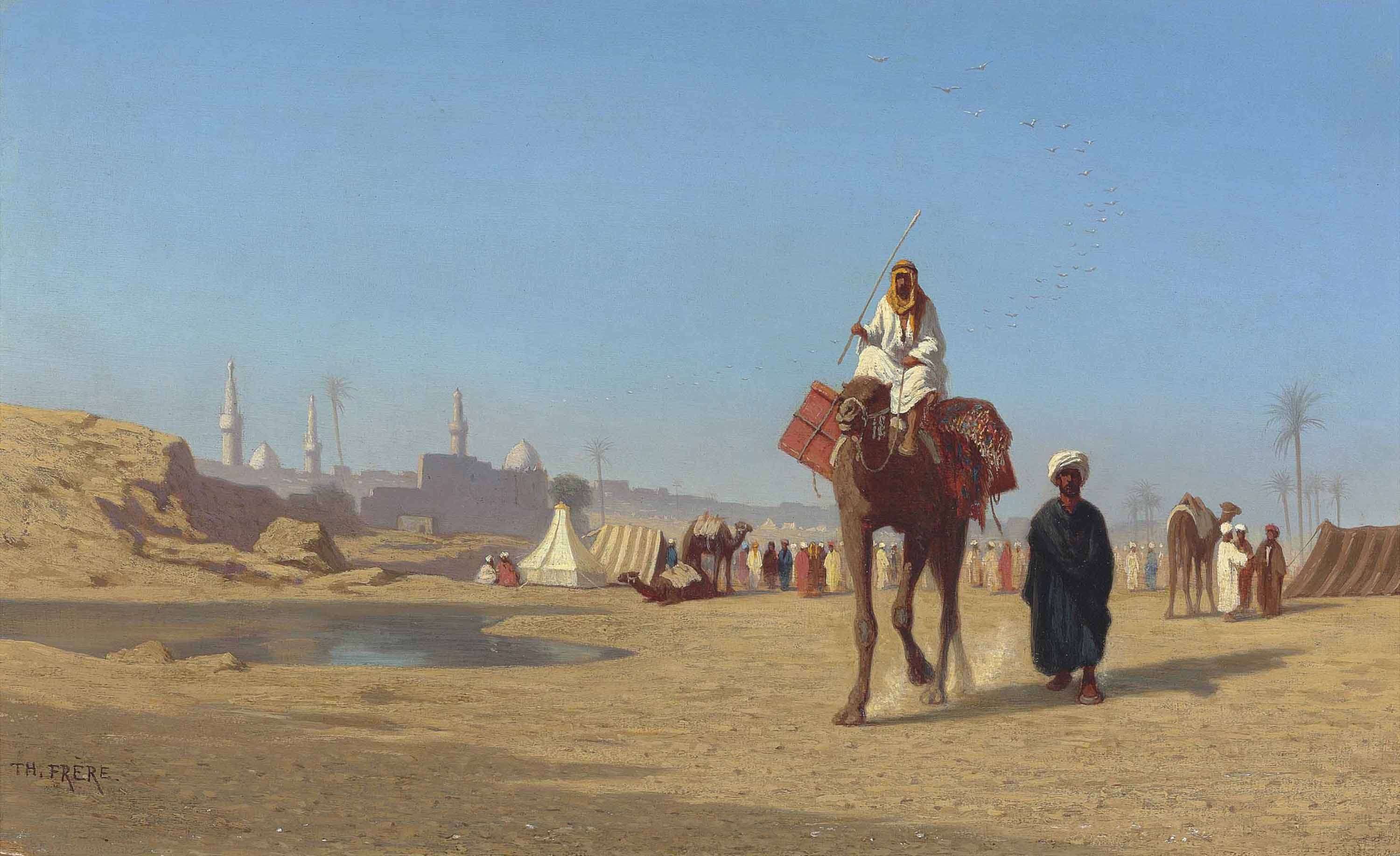
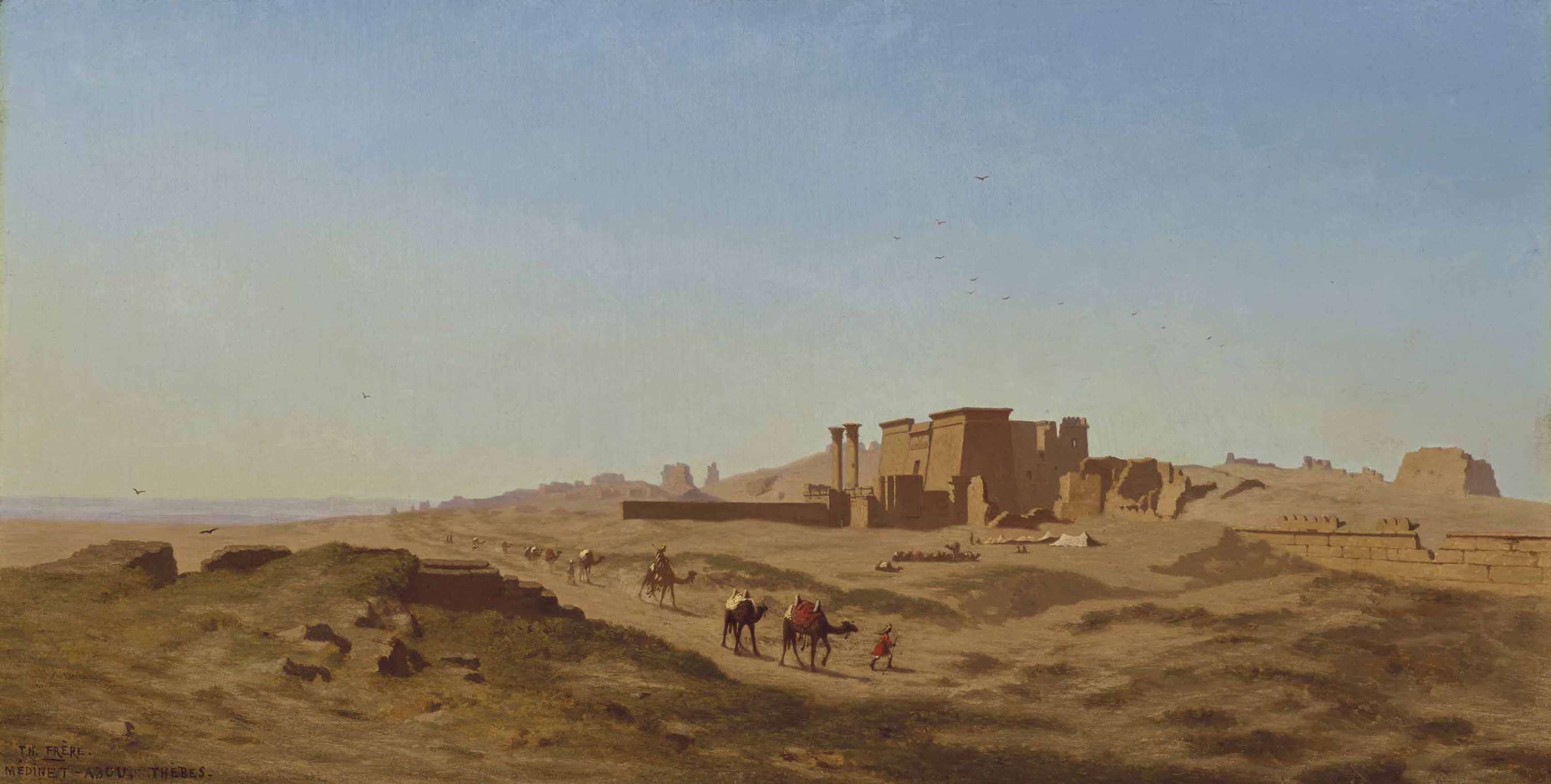
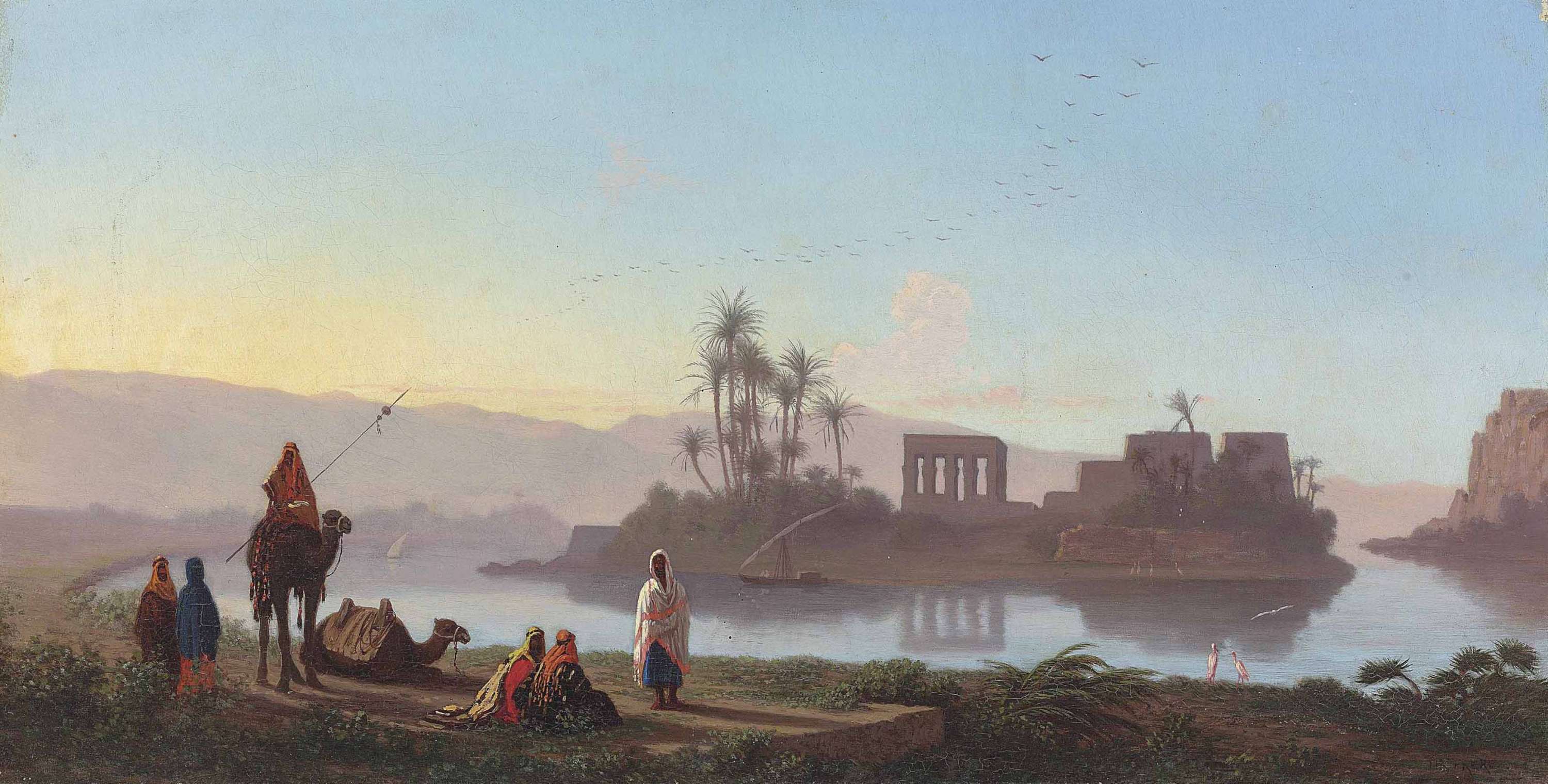
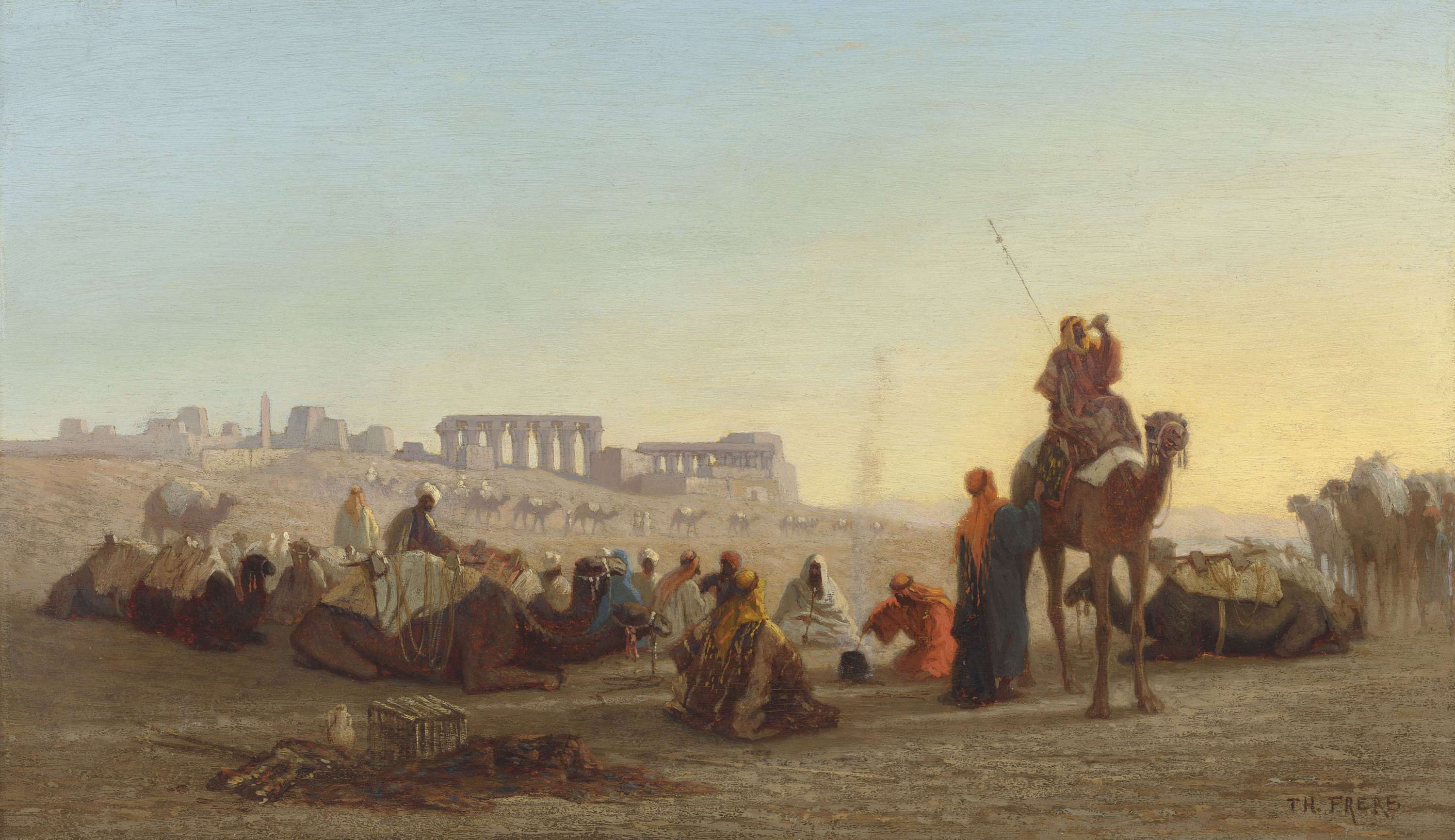
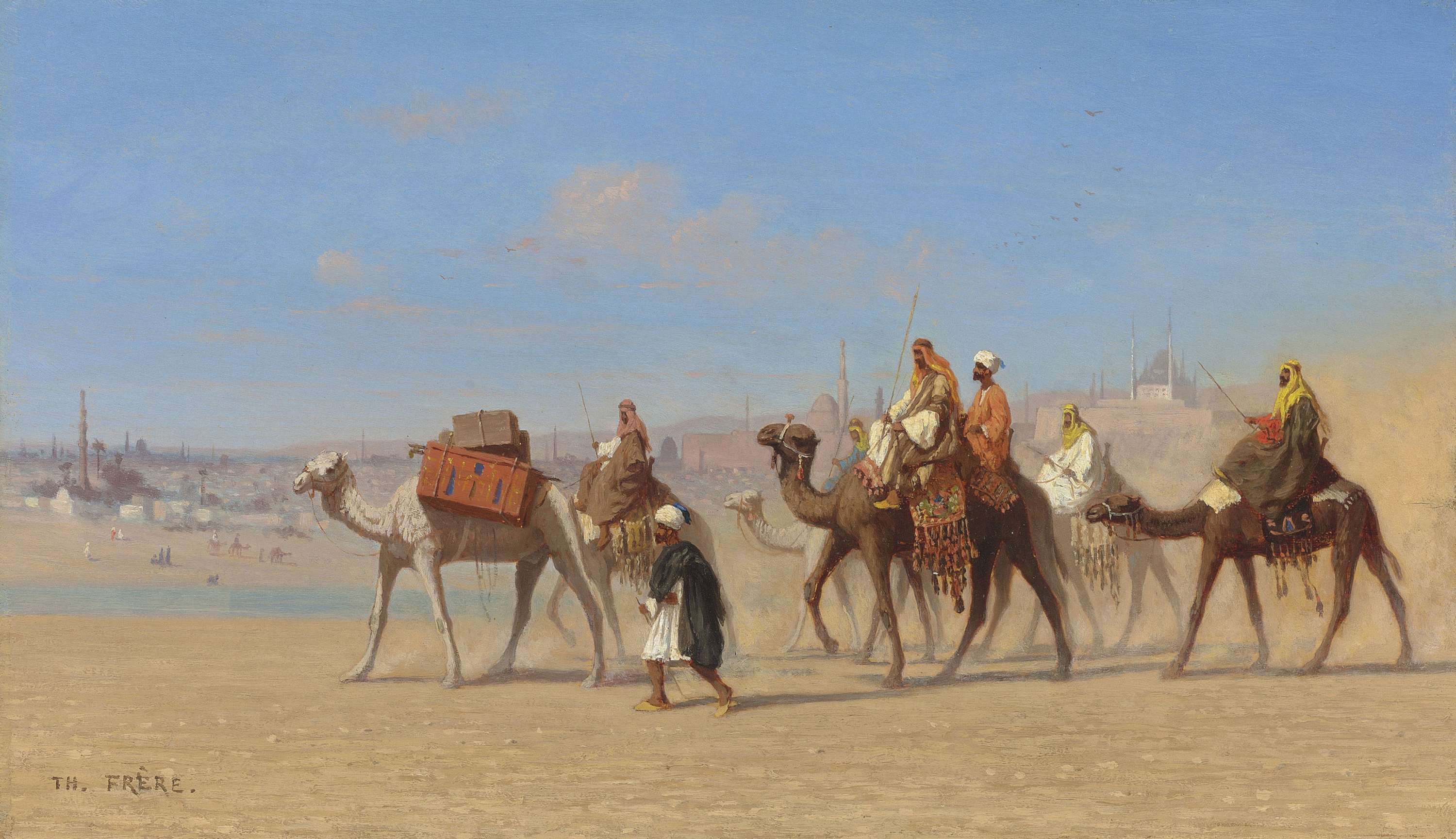

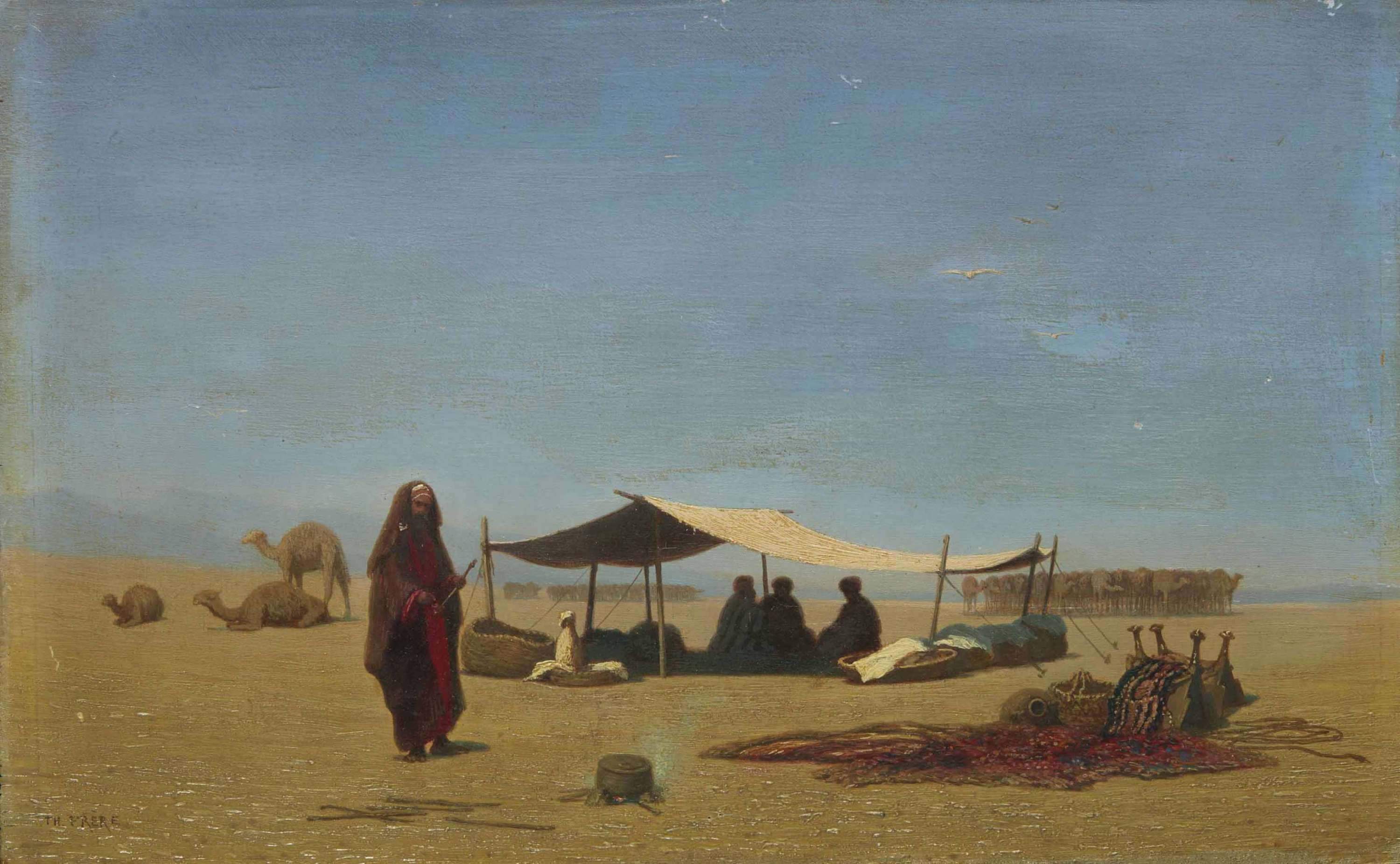
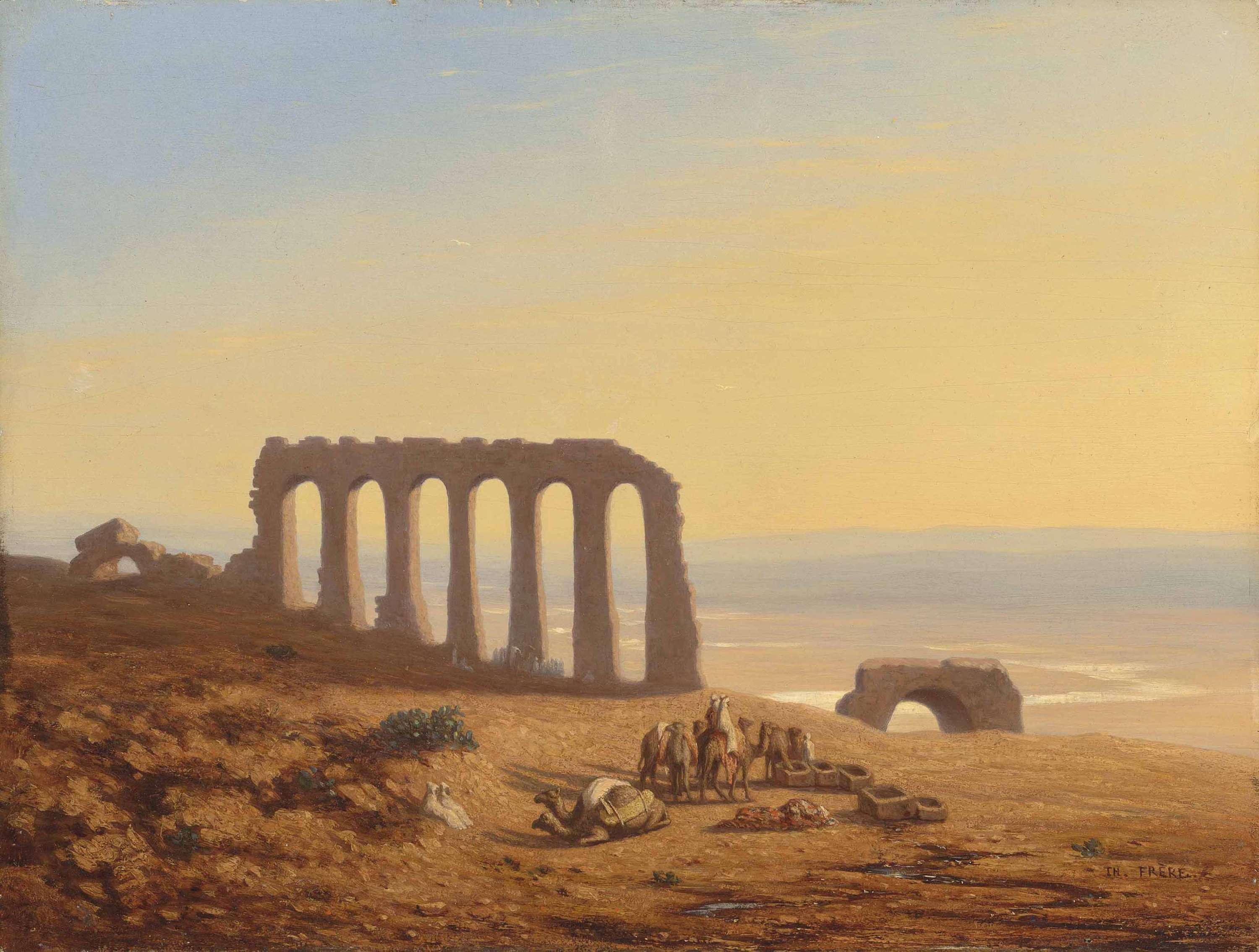
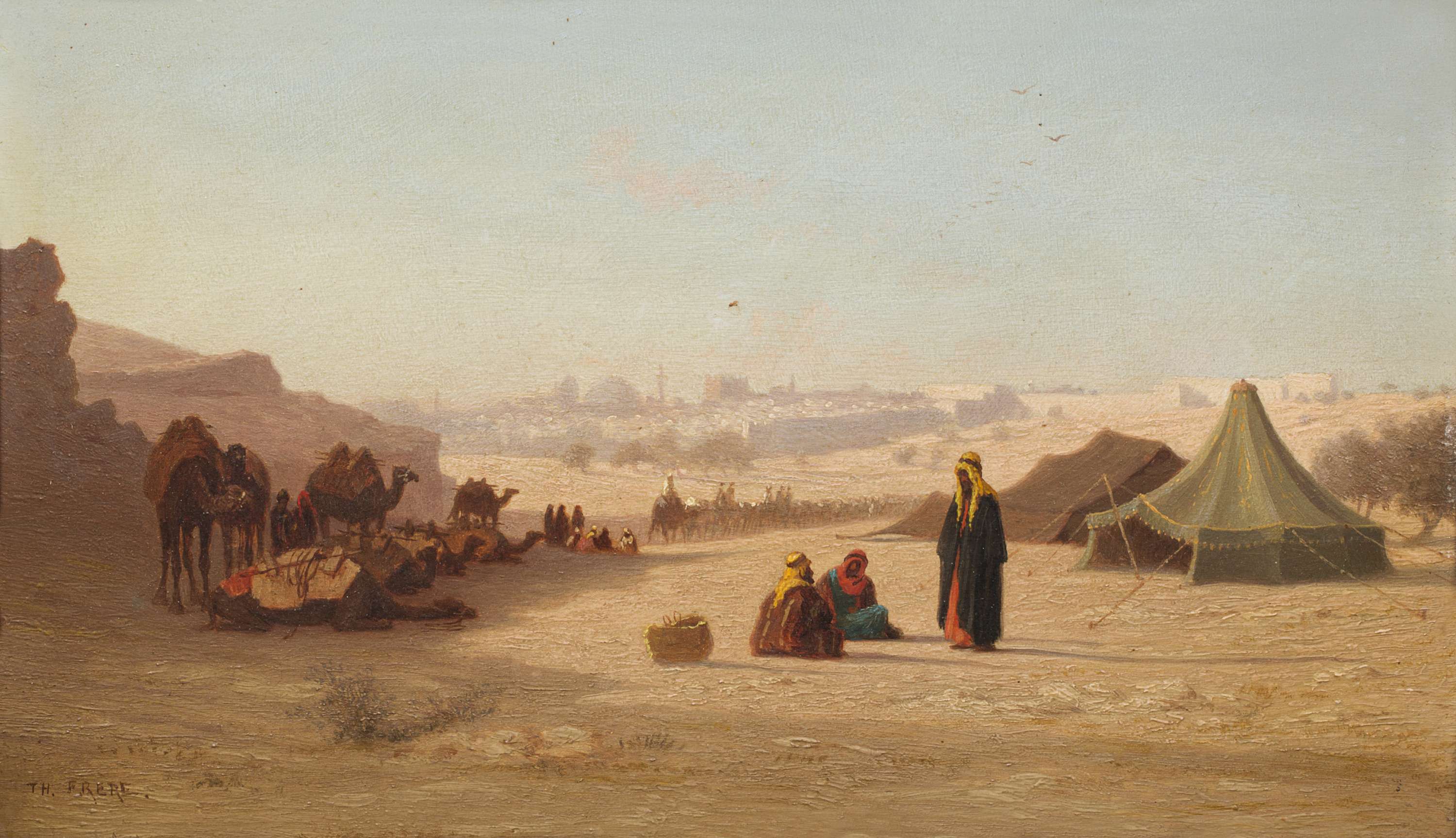
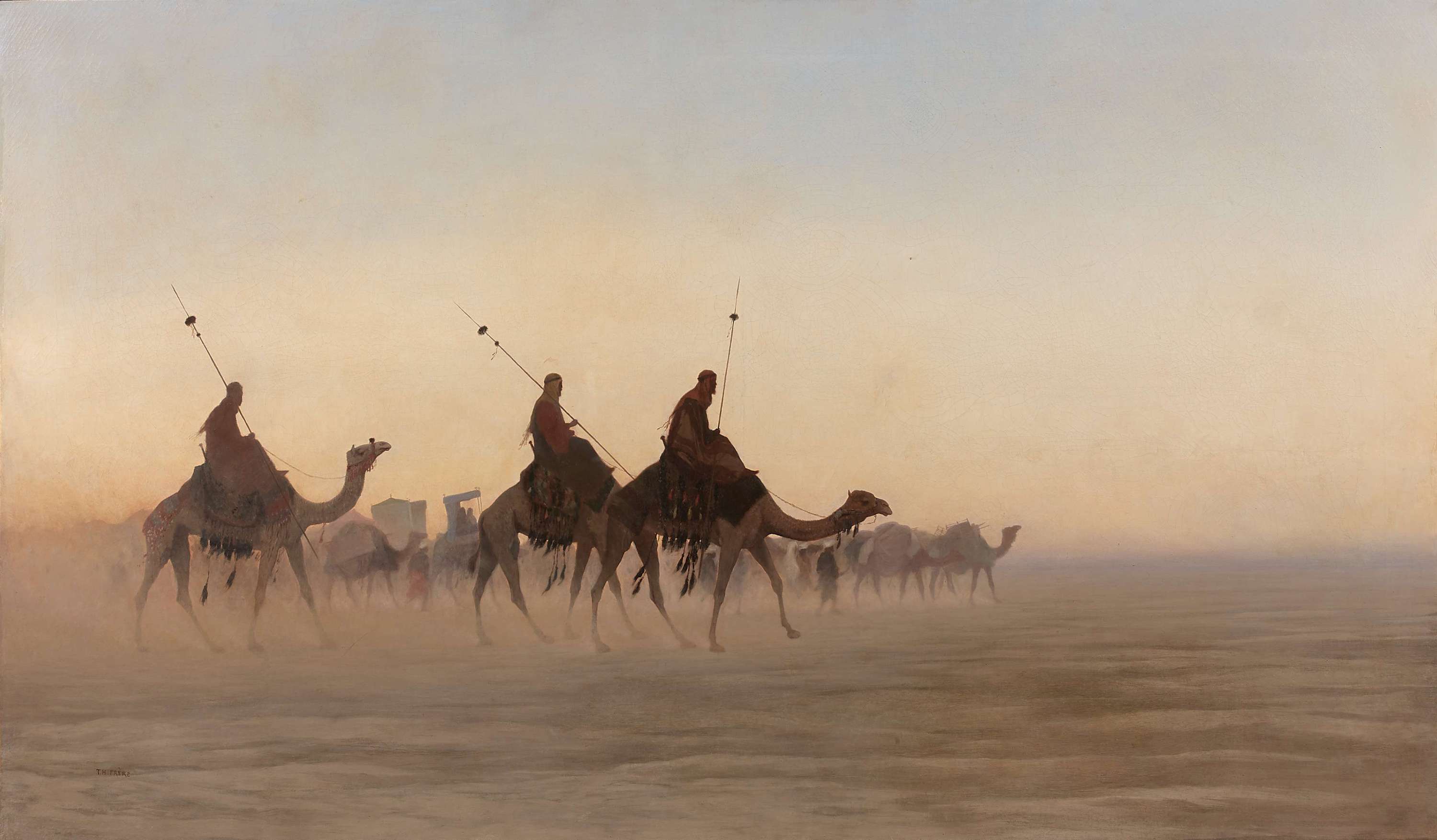
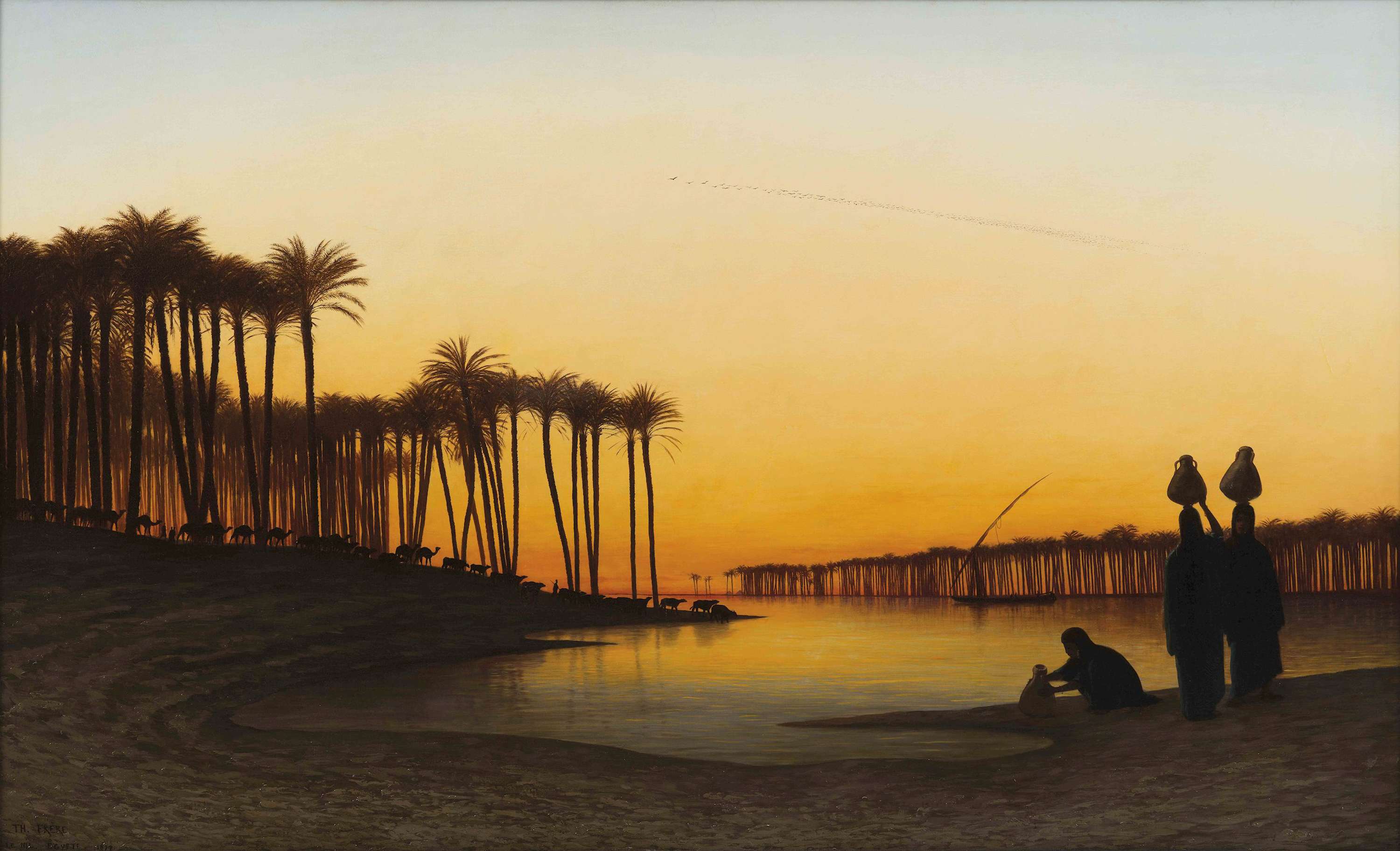
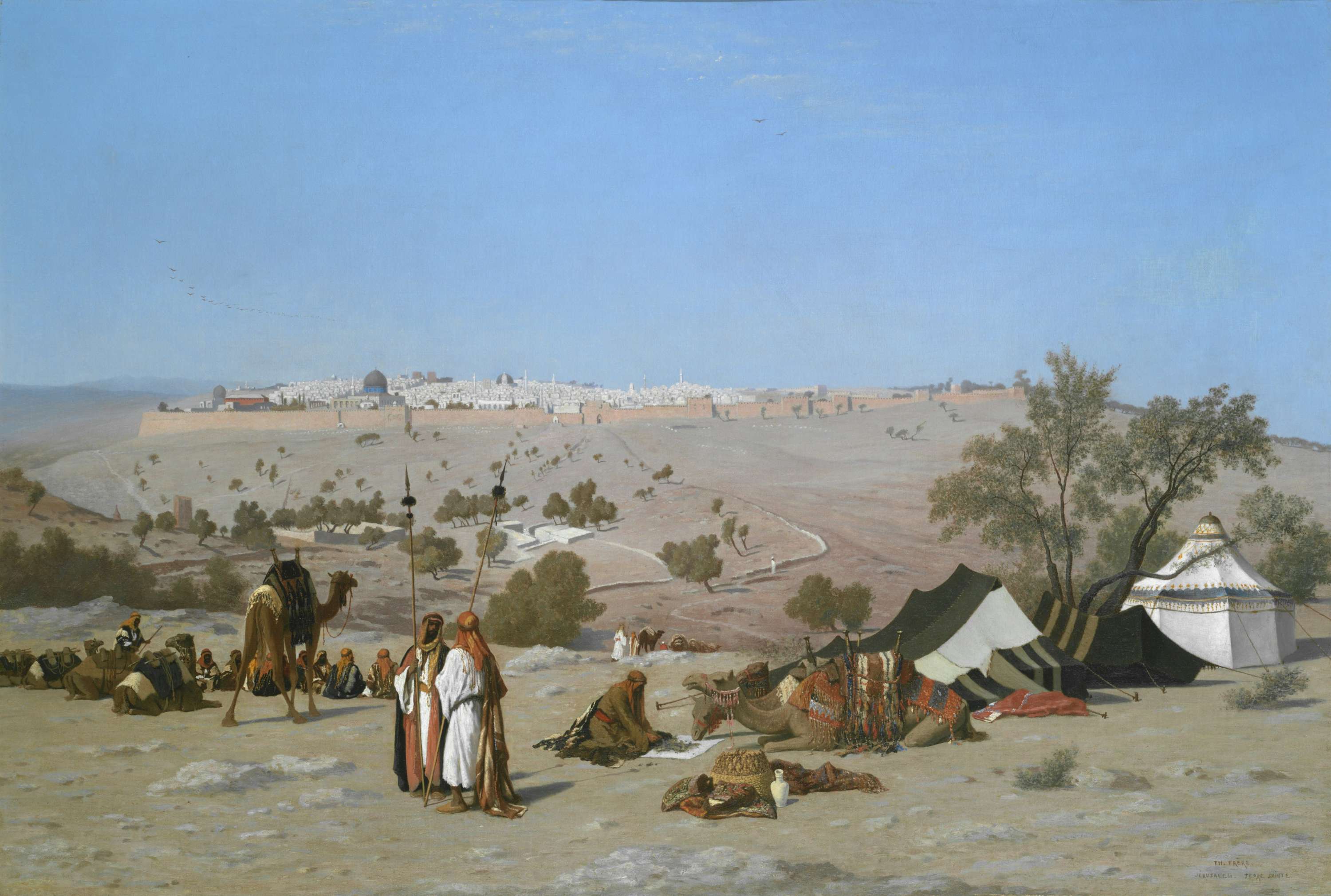
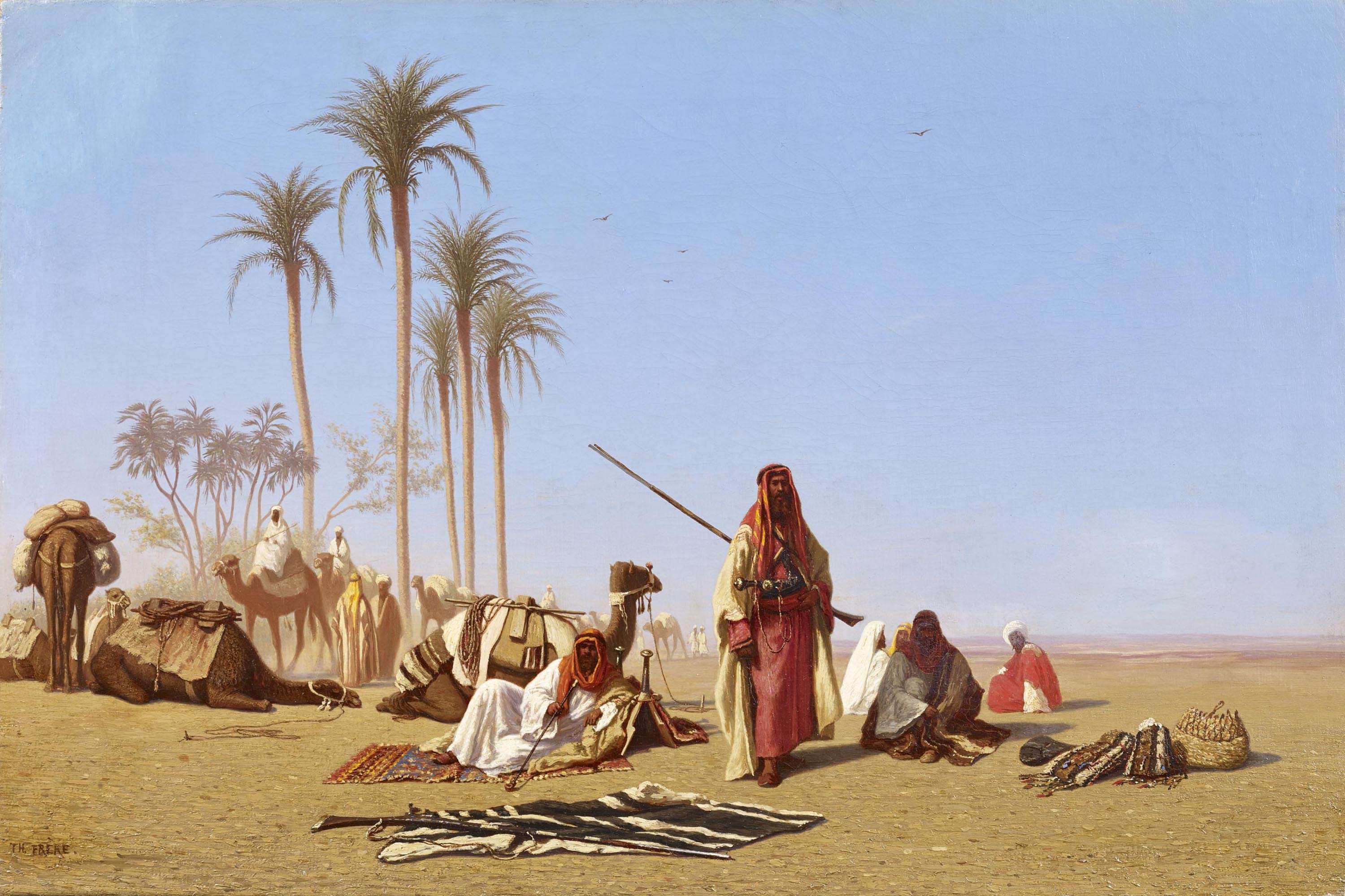
Mouvement: Orientalisme
Text: Wikipedia
Publié: Juillet 2019
Catégorie: Peinture
Source